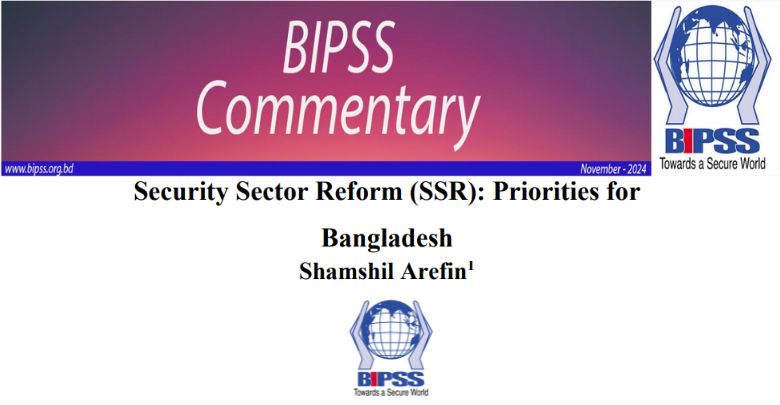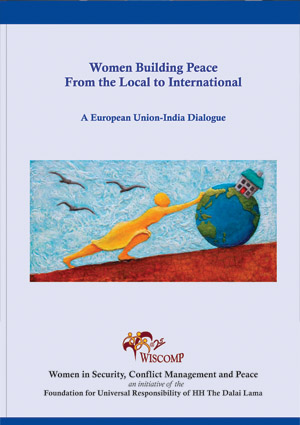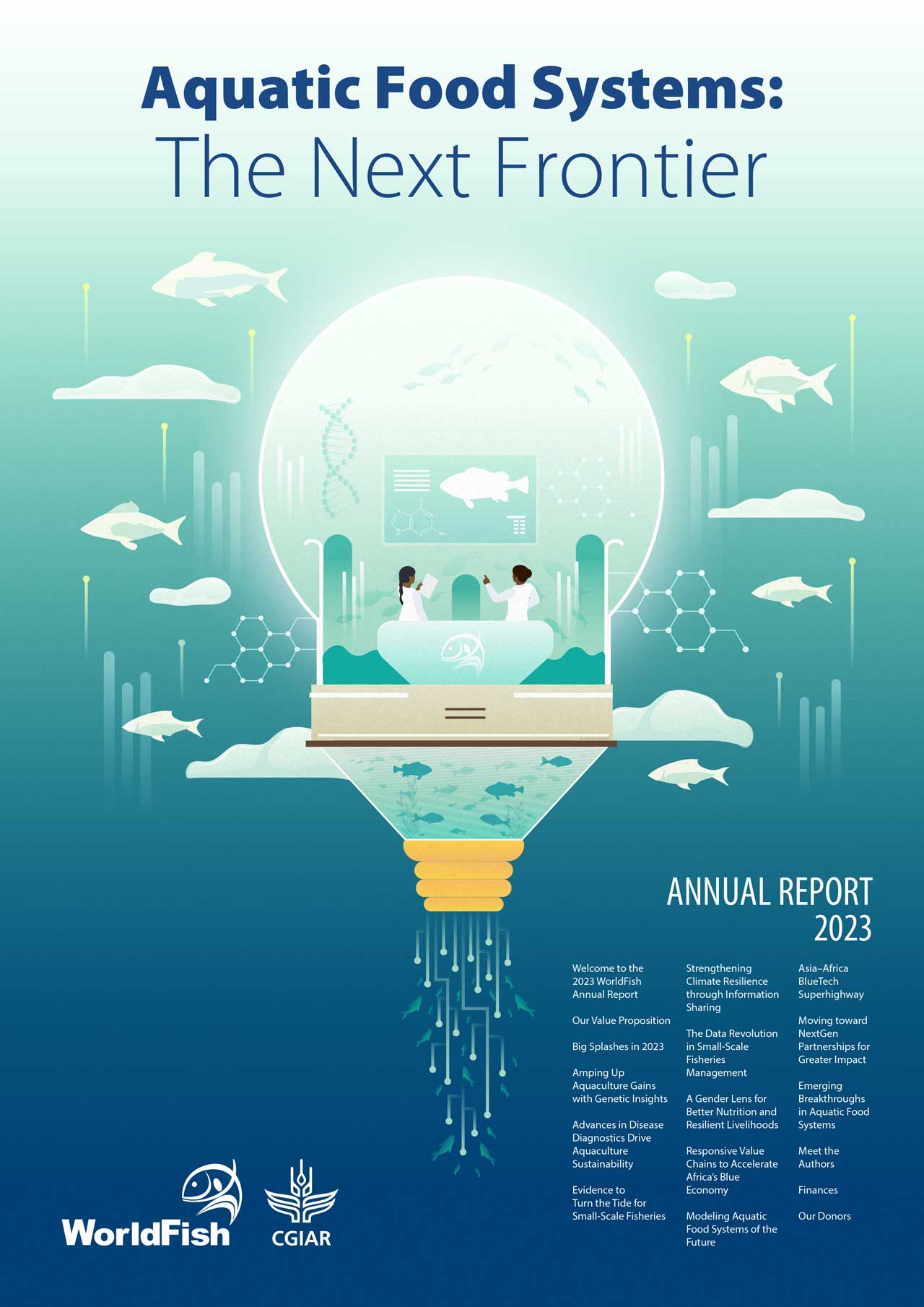Publications

In the 2024 ASEAN leaders’ Declaration on Regional Biosafety and Biosecurity, ASEAN member states (AMS) made a collective call for the need to “ensure the provision of necessary human resources for biosafety and biosecurity in a sustainable manner through training, education and certification for all relevant personnel”. This new declaration from the ASEAN leaders demonstrates the increasing importance of strengthening biosecurity, together with biosafety, in Southeast Asia.

Compilation of the latest activities and publications in NTS-Asia Consortium.

This annual publication is the NTS Centre’s reflections on the events of the past year and contemplations on issues of non-traditional security in Southeast Asia and beyond. The NTS Year in Review 2024 comprises articles which reflect on the impact of recurrent and emerging NTS challenges on our nations and communities and discusses the intersections of different NTS issues in the region, such as climate change, biosecurity, nuclear security, women, peace and security, food security, health security, energy security, and humanitarian emergency. These articles draw out some of the potential pathways to addressing such issues. We hope that you will find these articles useful in providing a comprehensive understanding of the kinds of risks and threats we face today. Finally, as always, we showcase our Centre’s activities for the year and the varied publications of our researchers in 2024.
Energy subsidies in Indonesia are not a new phenomenon. These subsidies, particularly for Pertalite fuel, diesel fuel, and 3-kg LPG cylinders, were initially intended to maintain stable and affordable energy prices, especially for the underprivileged. However, the structure and magnitude of these subsidies have presented various challenges. First, the large allocation of energy subsidies threatens fiscal stability and long-term economic growth prospects. Second, substantial energy subsidies disrupt economic efficiency and environmental sustainability. Third, energy subsidies are often deemed ineffective in achieving social equity and instead exacerbate social inequalities. These challenges further underline the need for a critical evaluation of the scale and management of energy subsidies.

Security Sector Reform (SSR) is a process to modernize security institutions for better accountability, inclusivity, and alignment with democratic values. This commentary highlights SSR’s role in enhancing governance, preventing conflicts, and fostering development. It also examines Bangladesh’s security sector challenges, such as political influence, emerging threats, and the need for reforms, while drawing insights from global SSR examples like Iraq, Colombia, and South Africa.

Abstract
In the midst of increasing legitimacy for muscular politics and militarization and the waning power of the UN to quell humanitarian crises, WISCOMP facilitated the coming together of diplomats and civil society actors from the European Union and India to reflect on women’s role vis a vis global, national and local levels. How if at all do they respond to the pressing need to ‘build peace’? This report compiles the views shared by women diplomats, researchers and grassroots peace practitioners on the Women Peace and security agenda – achievements, backsliding and the emerging challenges.

In the WorldFish 2023 Annual Report, titled “Aquatic Food Systems: The Next Frontier,” WorldFish scientists share their contributions to scientific advances and pioneering research that are reshaping our vision for sustainable food systems.
Our work in 2023 highlights a range of transformative projects, from breakthroughs in aquatic animal biosciences to the development of sustainable systems that can bring about systemic changes at scale.
We’ve co-developed these solutions through close collaborations with our local, national, and international partners, supported by our donors. This collaborative spirit underpins our journey toward leveraging the unique potential of aquatic food systems to combat hunger and poverty, eliminate pervasive malnutrition, and restore biodiversity.

Climate change has emerged as the central issue of our time. Over recent decades, public recognition of its imminent dangers has grown significantly, especially as the window for effective action narrows, while the impacts of climate change are increasingly evident worldwide. This escalating situation is underscored in the Asia-Pacific Disaster Report 2023, which describes the “increasingly serious threat” posed by climate change-induced disasters across the Asia-Pacific. Notably, South-east Asia faces heightened risks, with Indonesia, the Philippines, Thailand, and Vietnam ranking among the top 10 nations for the number of disasters recorded in 2022.
Climate action has increasingly become central to discussions about climate change, focusing especially on how individuals, communities, and nations can both adapt to and mitigate the swiftly escalating impacts of climate change globally. However, it is equally important to discuss the potential negative outcomes of these climate actions, known as climate maladaptation and malmitigation. These terms denote actions that not only fall short of mitigating climate change and adapting to climate risks but could also inadvertently worsen them.
Hydropower and water storage dams
Hydropower and water storage dams are key components of climate action pro-jects in Southeast Asia, a region that seeks sustainable solutions to meet its growing energy demands and manage its water resources amidst the challenges posed by climate change.
Southeast Asia has heavily invested in hydropower as a renewable energy source to reduce reliance on fossil fuels and decrease greenhouse gas emissions. Countries like Laos, Thailand, and Cambodia have developed extensive hydropower facilities, capitalising on their river systems. Hydropower projects, such as those on the Mekong River, supply substantial energy to the region, supporting economic growth and regional energy needs. However, these projects are not without controversy, as they can disrupt local ecosystems, displace communities, and alter river flows, affecting downstream agricultural activities.
For example, the human security impact of the collapse of the Xe Pian-Xe Namnoy Dam in 2018 sparked debate anew on risks associated with Mekong dams as thousands of indigenous and local communities were displaced. The construction of Lower Sesan 2 Dam caused the displacement of nearly 5,000 people, mostly indigenous peoples and other ethnic minorities who have lived in villages along the Mekong riverbanks for generations.
The operation of massive upstream dams has resulted in the decline of water flow, according to scientists and environmentalists. The lack of vital sediment would be felt severely in the future when all mega-dams being built in the Upper Mekong River Basin are completed. The inadequate water flow to the agricultural plains of the Mekong Delta, known as Vietnam’s rice bowl, means decreasing level of rice production. This has severely affected agricultural productivity in the delta, illustrating the negative, compounding consequences of both mega-hydropower dams and climate change effects.
Beyond energy production, water storage dams in Southeast Asia play crucial roles in water supply and flood management. These dams help manage water resources, ensuring steady supply during dry periods and mitigating flood risks during rainy seasons. For instance, Thailand, the Philippines and Vietnam use dams to address water supply shortages and regulate water for agricultural irrigation, which is vital for food production and rural livelihoods. Like hydropower, the construction and operation of water storage dams must balance environmental and social impacts, particularly concerning the displacement of local populations and impacts on local wildlife and natural habitats.
Stakeholder involvement and environmental and social safeguards
As part of climate action efforts, both hydropower and water storage dams are seen as dual-purpose solutions that address energy security and water management. They contribute to national goals of reducing carbon footprints and enhancing resilience to climate variability. Nevertheless, the deployment of these projects in Southeast Asia generate multifaceted challenges, including environmental degradation, social resistance, and cross-border water governance issues. The success of these projects as sustainable climate action initiatives depends on careful planning, stakeholder engagement, and adherence to environmental and social safeguards.
In order to fully understand the impact of a planned climate action measure, it is important to engage and consult with communities on the ground who would likely endure unintended consequences. There is a critical need to incorporate the diverse perspectives and agency of stakeholders including local communities in planning, implementing and building climate action projects. By gathering insights from diverse stakeholders, policymakers can better anticipate the impacts, thus enhancing the likelihood of successful outcomes in climate action endeavours.

Marine protected areas have played an important role in conserving and restoring marine biodiversity that is threatened due to the climate change. Indonesia has expanded its marine protected areas, covering 411 locations with more than 28 million hectares (about 9% of its territorial waters). Managed by different types of government units (national and locals), Indonesian MPAs located mostly in regions where the communities have high poverty rate and high inequality index. This paper explores the dynamic of the MPAs management in Indonesia, focusing on how they have addressed not only issues related to the biodiversity conservation but also the welfare of the community who live near MPAs. Employing mix method of the quantitative (secondary data) analysis and the qualitative primary data collection and analysis, the study was conducted in three different MPAs with different administrative status. This paper argues that despite the Indonesian government has shown eagerness to expand the quantity of MPA, their focus on the quality of MPA management is still lacking. Especially the focus on social aspects of the MPA management needs significant improvement to ensure improving the welfare of people and reduction of inequality among communities reside across coastal areas are integrated into its main missions.

Twenty years after the implementation of the Special Autonomy Law (UU Otsus) No. 21 of 2001, Papua and West Papua remain the two provinces with the highest poverty rates and the lowest human development indices in Indonesia. Despite the affirmative policies mandated by UU Otsus for indigenous Papuans (OAP), disparities persist between OAP and non-OAP communities in various dimensions. This makes OAP the most vulnerable group facing the covariate shocks of the COVID-19 pandemic since 2020 and the ongoing conflicts. In this context, the role of social protection becomes crucial to enhance the resilience of OAP and prevent further vulnerability and marginalization.
